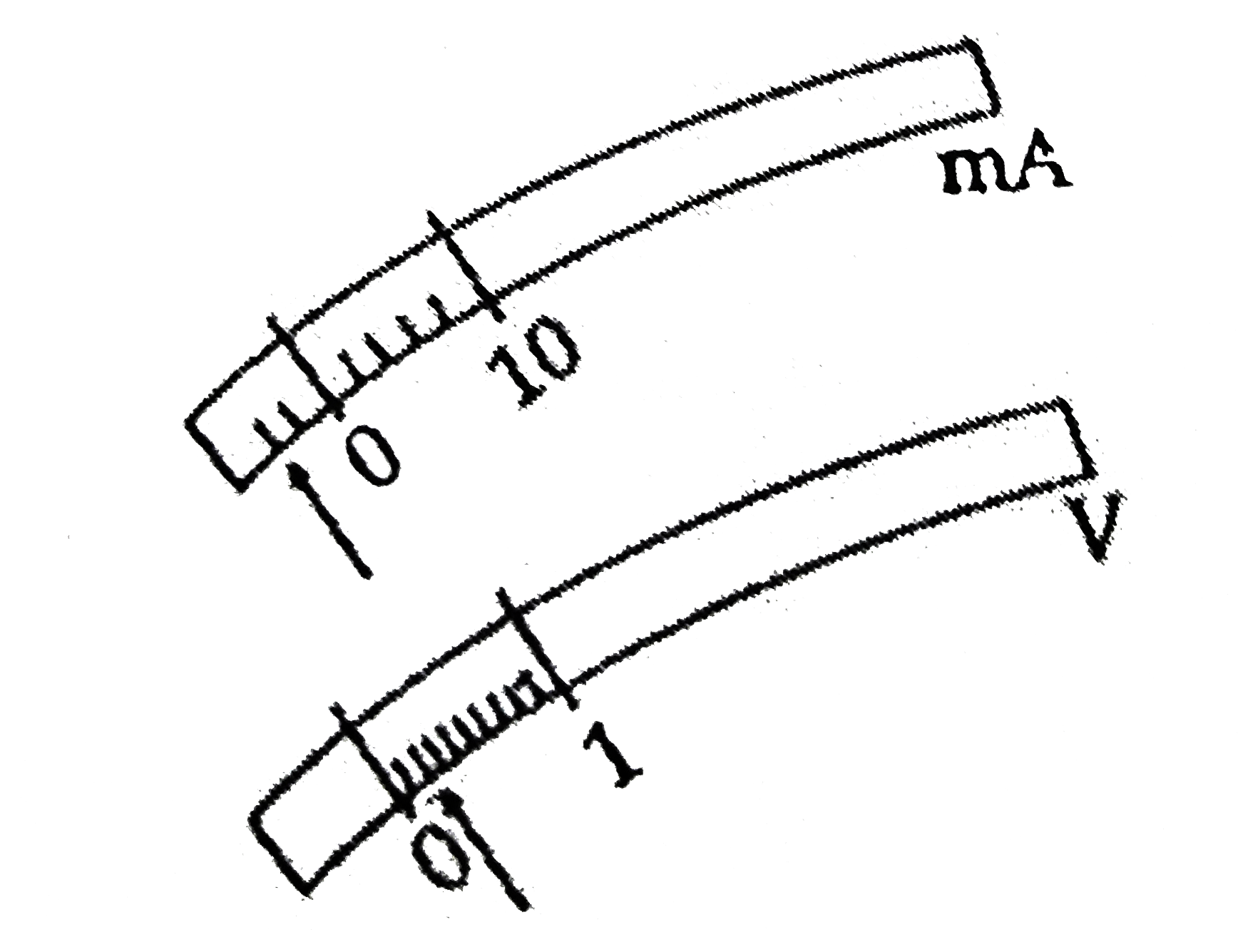How can we reduce least count of any instrument?
To reduce the least count of any measuring instrument, we can follow these steps:
1. Understand the Concept of Least Count:
- The least count of an instrument is the smallest value that can be measured accurately by that instrument. It is determined by the smallest division on the scale of the instrument.
2. Identify the Instrument's Resolution:
- The resolution of an instrument refers to its ability to measure small changes or differences in a quantity. A higher resolution means the instrument can measure smaller increments.
3. Use Instruments with Higher Resolution:
- To reduce the least count, you can switch to an instrument that has a higher resolution. For example, using a digital caliper instead of a standard ruler can provide more precise measurements.
4. Utilize Auxiliary Devices:
- You can use devices like micrometers or vernier calipers that inherently have a smaller least count compared to standard measuring tools. These tools allow for more precise measurements.
5. Calibration of Instruments:
- Regularly calibrate your measuring instruments to ensure they are functioning correctly and providing accurate measurements. This can help in reducing the least count by ensuring that the instrument is as sensitive as possible.
6. Minimize Parallax Error:
- When reading measurements, ensure that you are viewing the scale directly to minimize parallax error, which can affect the accuracy of the measurement.
7. Practice and Familiarity:
- Familiarize yourself with the instrument and practice using it to improve your measurement technique, which can help in achieving more accurate readings.
Conclusion:
By utilizing instruments with higher resolution, regularly calibrating them, and improving measurement techniques, we can effectively reduce the least count of any measuring instrument.
---
- The least count of an instrument is the smallest value that can be measured accurately by that instrument. It is determined by the smallest division on the scale of the instrument.
- The resolution of an instrument refers to its ability to measure small changes or differences in a quantity. A higher resolution means the instrument can measure smaller increments.
- To reduce the least count, you can switch to an instrument that has a higher resolution. For example, using a digital caliper instead of a standard ruler can provide more precise measurements.
- You can use devices like micrometers or vernier calipers that inherently have a smaller least count compared to standard measuring tools. These tools allow for more precise measurements.
- Regularly calibrate your measuring instruments to ensure they are functioning correctly and providing accurate measurements. This can help in reducing the least count by ensuring that the instrument is as sensitive as possible.
- When reading measurements, ensure that you are viewing the scale directly to minimize parallax error, which can affect the accuracy of the measurement.
- Familiarize yourself with the instrument and practice using it to improve your measurement technique, which can help in achieving more accurate readings.
By utilizing instruments with higher resolution, regularly calibrating them, and improving measurement techniques, we can effectively reduce the least count of any measuring instrument.
Topper's Solved these Questions
- BOOK - MODERN PUBLICATIONCHAPTER - UNITS AND MEASUREMENTEXERCISE - REVISION EXERCISES (ADDITIONAL QUESTIONS)4videos
UNITS AND MEASUREMENT
- BOOK - MODERN PUBLICATIONCHAPTER - UNITS AND MEASUREMENTEXERCISE - REVISION EXERCISES (FILL IN THE BLANKS)8videos
UNITS AND MEASUREMENT
- BOOK - MODERN PUBLICATIONCHAPTER - UNITS AND MEASUREMENTEXERCISE - HIGHER ORDER THINKING SKILLS & ADVANCED LEVEL4videos
UNITS AND MEASUREMENT
- BOOK - MODERN PUBLICATIONCHAPTER - THERMAL PROPERTIES OF MATTEREXERCISE - CHAPTER PRACTICE TEST15videos
THERMAL PROPERTIES OF MATTER
- BOOK - MODERN PUBLICATIONCHAPTER - WAVESEXERCISE - CHAPTER PRACTICE TEST14videos
WAVES
Similar Questions
Knowledge Check
- Question 1 - Select One
Statement-I:The length of an object is measured with two instruments as l =4.01cm and l =4.009cm, The second instrument has a better resolution
Statement-II: More value is the least count of an instrument, better is the resolution.AStatement-1 is true and statement -2 is trueBStatement -1 is true and statement-2 is falseCStatement-1 is false and statement -2 is trueDStatement-1 is false and statement -2 is false - Question 2 - Select One
A vernier callipers has its main scale 10 cm equally divided into 250 parts its vernier scale is of 50 division and coincide with 15mm of the main scale the least count of the instrument is
A0.01 cmB0.02 cmC0.001 cmD0.002 cm - Question 3 - Select One
A screw gauge has 1.0mm pitch and 200 divisions on the ciruclar scale. The least count of the instrument is
A5×10−3mmB5×10−4mmC5×10−2mmD5×10−5mm
The divisions on the main scale of a screw gauge are 1 mm apart and the screw of the spindle advances by 5 main scale divisions when the spindle is given 5 complete rotations . How many divisions are to be provided on the circular scale for the least count of the instrument is to be 1 μm ? What changes are requied of the number if divisions can be only 500 for the same least count?
View SolutionConsider a home made vernier scale as shown in the figure. In this diagram, we are interested in measuring the length of the line PQ. If both the inclined are indentical and their angles are equal to θ then what is the least count of the instrument.
_E01_261_Q01.png) View Solution
View SolutionIf the number of divisions on a vernier scale is 20 and the least count of the instrument is 0.025 mm, then 1 M.S.d. = __________ cm.
View SolutionN divisions on the main scale of a vernier callipers coincide with (N+1) divisions of the vernier scale if each division of the main scale is 'a' units, then the least count of the instrument is
View SolutionThe rest positions of the needles in a Milliammeter and Voltmeter when not being used in a circuit are as shown in the figure. The 'zero error' and 'least count' of these two instruments are :
 View Solution
View Solution

